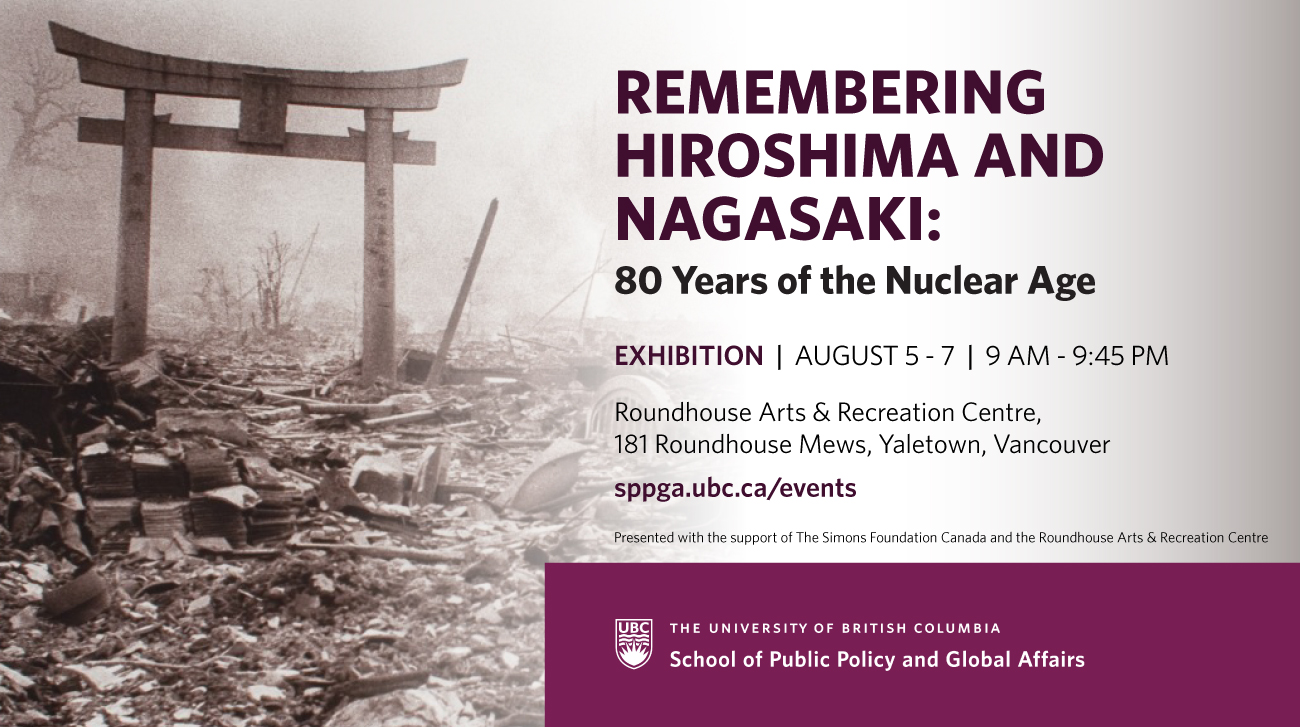Beginning in the Song dynasty (960-1279) cities and urban life in China began to be represented in new ways, and in ever greater abundance. Maps of cities began to be produced and circulated in new formats and contexts, including gazetteers, guidebooks, and travel narratives. This talk will explore a variety of images of cities, including Suzhou, Hangzhou and Beijing, from the Song through the Ming dynasty (1368-1644) in order to inquire into how and why such images were produced, how they were viewed and used, and how maps in particular constructed a discourse of knowledge, through processes of inclusion and exclusion, which served and articulated interests both public and private.
ABOUT THE SPEAKER
Dr. Ken Hammond is Professor of History at New Mexico State University. He received his PhD from Harvard University in History and East Asian Languages in 1994. He researches the history of China in the Early Modern period, especially the sixteenth century, as well as the rise of global capital and the revival of Confucian thought in twenty-first-century China. He has written and edited numerous books and articles on Chinese intellectual and political history, including Pepper Mountain: The Life, Death, and Posthumous Career of Yang Jisheng and The Human Tradition in Premodern China. His most recent work, an edited volume with Jeffrey L. Richey, The Sage Returns: Confucian Revival in Contemporary China (SUNY Press) came out in February, 2015.
View PDF Poster here.
Sponsor: Centre for Chinese Research
By: Dr. Ken Hammond, Professor, Department of History, New Mexico State University
Type: Seminar

